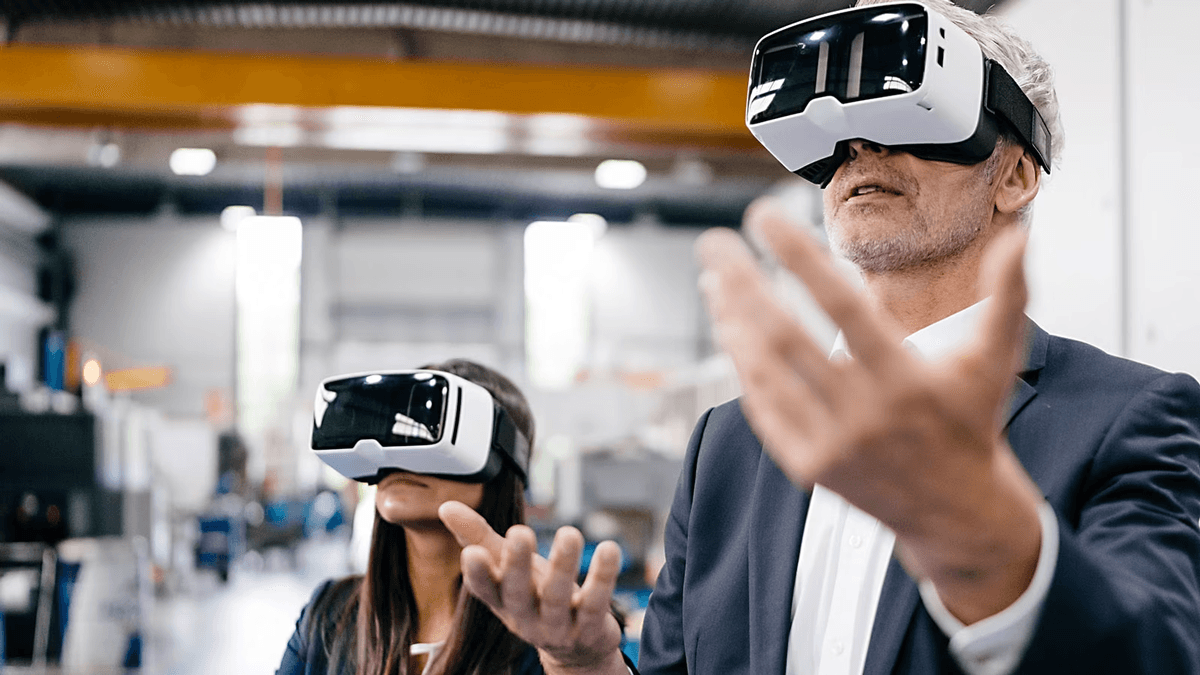
Building AR/VR Solutions That Appeal to Consumers: Three Tips For Entrepreneurs
Augmented reality (AR) and virtual reality (VR) are technologies that will continue to rapidly change how companies interact and communicate with customers in the foreseeable future, especially in the business to consumer (B2C) world. Although these technologies are well beyond their emerging stages, they continue to play with the imaginations of consumers with promises of how immersive experiences will affect their lives.
By 2023, the global AR/VR market could reach $160 billion. As an entrepreneur and huge enthusiast of technologies of the future, I have seen firsthand that investor interest in AR/VR continues to soar, pushing companies and platforms to develop immersive experience products. Surely, in the next few years, we will see more and more industries adopt these technologies, applying them in ways that could currently be beyond public imagination.
These realities are fertile ground for entrepreneurs who are involved in AR/VR. The potential to succeed is great, but not without challenges — the most pressing of which is to create innovative products that have consumer appeal. To that end, I’m sharing three essential tips that entrepreneurs should take to heart when developing consumer AR and VR solutions.
1. Enhance experiences.
The line between using AR/VR to open up consumer curiosity toward new experiences and going overboard with the tech, and thus alienating the consumer, is very thin. Sure, you could have success in creating new consumer categories, but the reality is that consumers are exponentially more responsive when new technology is used to enhance their current experiences.
Entrepreneurs must keep this in mind when creating new products in the AR/VR space. Enhancing existing experiences ushers in better adoption, which translates to better business outcomes. Don’t be lured in by the pull of wanting to create shiny new objects with very thin use cases.
2. Build customer connections.
AR/VR offers many possibilities in exploring ways to build customer connections, specifically in delivering exceptional customer experience. The modern customer demands engagement, not only with and within your product, but with the environment around them as well. They seek ways to integrate products with their daily routines, opening up the opportunity for entrepreneurs to offer solutions that help consumers streamline various aspects of their lives. This is a win-win situation as users get the benefit of better customer experiences while providers directly address the growing challenge of retention.
We can see this growing in the fitness and health space. AR/VR solutions in these spaces can use their access to data points like moods and emotional indicators to encourage interpersonal interactions involving the product in some way. By improving the experience of users while seamlessly weaving the product into daily interactions, VR/AR entrepreneurs are able to constantly engage their users, encouraging them to keep using their products.
3. Leverage mixed reality.
Mixed reality allows users to see virtual objects against real-world environments. As a combination of VR and AR, mixed reality doesn’t occlude the real world, lending the stage for entrepreneurs to create solutions that improve real-world experiences using AR and VR technology.
Here are two examples of mixing virtual with real world to pull inspiration from:
• Construction
Tech is transforming the construction industry from project takeoff to closeout, increasing efficiency and reducing costs and risks in projects sites. Today, with AR immersive pre-construction, it's possible to preview an entire project before breaking ground with virtual reality simulators that can be used in different steps in a project.
For example, at my company, we’re building the first augmented reality app for the blue-collar worker. Our main goal is to help contractors and suppliers get paid and secure their lien rights. A huge existing challenge in this space is getting accurate information for legal forms like notices and liens. We have a feature baked into our solution that uses data and AR/VR to address this issue by allowing contractors and material suppliers to auto-identify and show accurate information on properties using GPS and their phone cameras. Traditionally, claimants would have to go to their county clerk office or do their own digging for accurate information.
• Real Estate
House hunting is up there on the list of the most stressful “adulting” activities. It’s typical for hunters to take two to three weeks to visit 15 to 20 places just to draw up a shortlist. This whole process can quickly eat up 20 to 30 hours of your time. These days, virtual tours are very popular among customers, if not the standard. Data-rich virtual tours allow property seekers to filter locations based on their requirements and get a detailed tour of potential properties, all via their computers or phones.
The application of mixed reality in real estate has become widespread chiefly because it has improved the experience not only of house hunters but of agents as well. This technology has allowed agents to work remotely and serve customers in different locations 24/7. Digital, mixed reality real estate platforms also enable agents to gather insightful data into consumer behavior, which they in turn use to improve their service offering.
Doing business in the AR/VR space doesn’t have to be limited to category-creating products. There’s success to be had in mainstream and traditional spaces where the door to improving and elevating customer experience is wide open.
Read this article on Forbes website.

